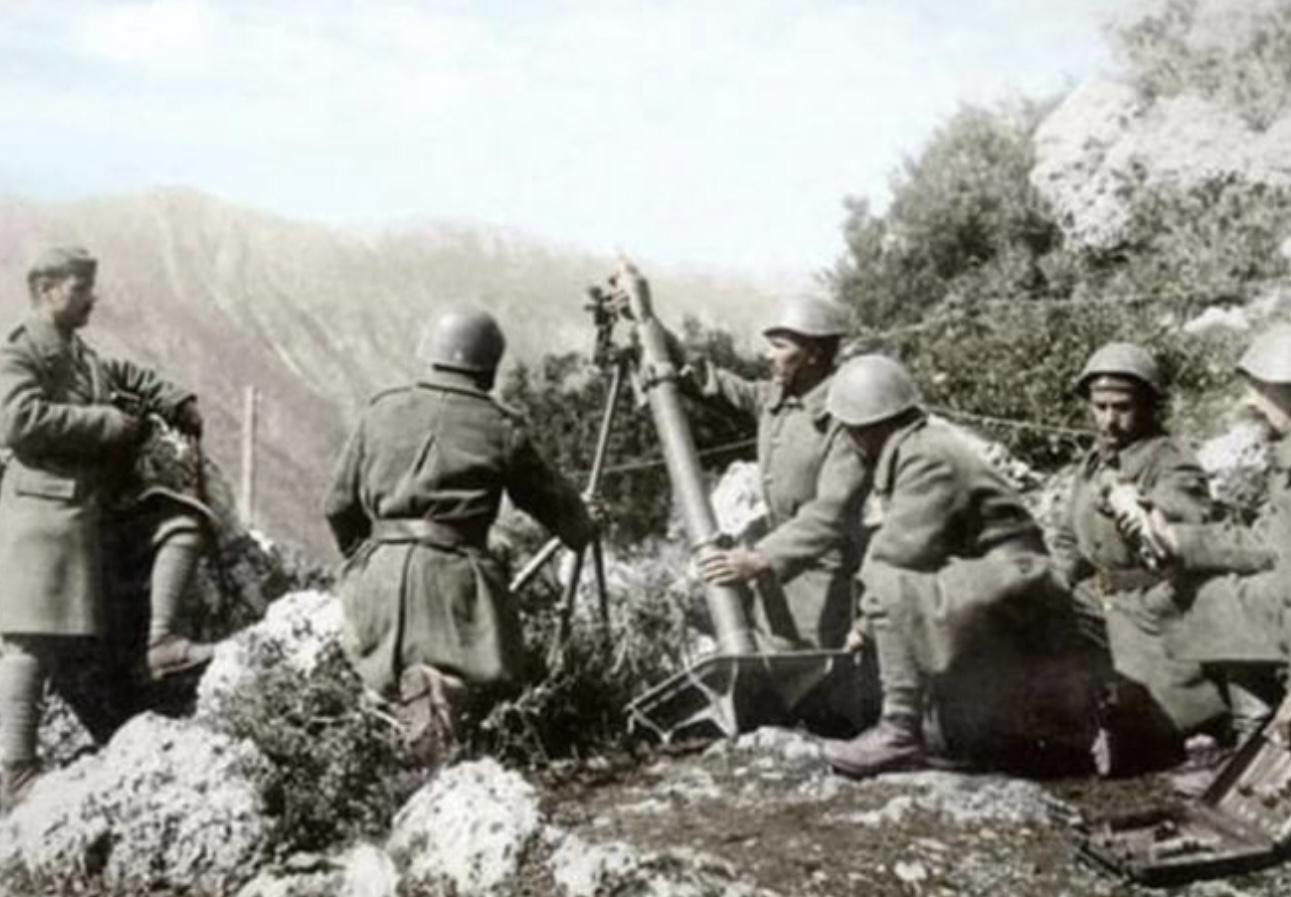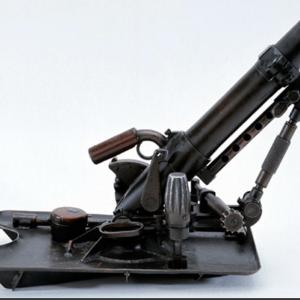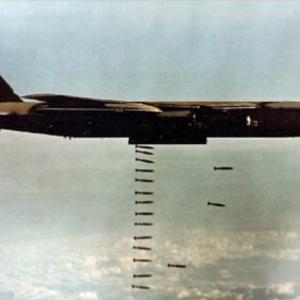
On this day in military history…
In the early hours of October 28, 1940, Fascist Italy launched an invasion of Greece from neighboring Albania. The decision to invade was driven by Benito Mussolini’s desire to assert Italian dominance in the Balkans and to match the recent military successes of his Axis partner, Nazi Germany. However, the campaign quickly turned into a costly and humiliating struggle for the Italians.
The invasion force was commanded by General Sebastiano Visconti Prasca, who led the Italian 9th Army. Italy had stationed around 85,000 to 100,000 troops in Albania for the operation, organized into multiple divisions including the Ferrara, Julia, Centauro, and Siena divisions. These units were a mix of regular infantry, alpine troops, and mechanized forces. Despite Mussolini’s claims that the invasion would be swift and decisive, the Italians were poorly prepared for the rugged terrain and the upcoming winter.
The Greeks, under the leadership of General Alexandros Papagos, were taken by surprise but responded swiftly and with determination. The Greek army, though initially smaller—about 30,000 to 35,000 troops available in the north—mobilized rapidly, eventually fielding over 300,000 men over the course of the campaign. Drawing heavily on reserves and regional knowledge, the Greeks counterattacked effectively in the Pindus mountains and along the Epirus front.
From the beginning, the Italians struggled with logistics and weather. The mountainous terrain of northwestern Greece and southern Albania made mechanized movement difficult. Heavy rains turned roads to mud, while snow and freezing temperatures set in by mid-November, worsening the situation. Italian supply lines were overstretched and vulnerable, and air support was limited. The Italian tactics relied heavily on frontal assaults and attempts to use armored units in terrain where they were largely ineffective. Greek forces, in contrast, made skillful use of defensive positions and small unit tactics, exploiting their knowledge of the landscape.
The Greek counteroffensive began in November and pushed the Italians back across the border into Albania. By late December, Greek forces had captured significant Albanian towns including Gjirokastër and Korçë. The Italians brought in reinforcements, eventually deploying over 500,000 troops throughout the campaign, but still failed to achieve a breakthrough. A renewed Italian offensive in March 1941, personally overseen by Mussolini and dubbed the "Spring Offensive," ended in failure after just two weeks of heavy fighting with little territorial gain.
Casualties on both sides were significant. Italian forces suffered around 13,755 killed, 50,000 wounded, and 25,000 missing or captured. Greek losses were approximately 13,300 killed, 42,000 wounded, and several thousand missing. Additionally, the harsh winter and disease took a heavy toll on both armies.
The invasion was ultimately unsustainable for Italy. Not only did it fail to conquer Greece, but it also drained Italian resources and morale. More importantly, it exposed Italy’s military weaknesses to both its enemies and its German allies. The stalemate was only broken when Germany intervened in April 1941, launching Operation Marita and attacking Greece through Bulgaria. German forces quickly overwhelmed Greek defenses and forced a surrender by the end of the month.
The failed Italian invasion of Greece had far-reaching consequences. It delayed the German invasion of the Soviet Union by several weeks, contributing to the Wehrmacht’s difficulties in the Russian winter. It also tarnished Italy’s military reputation and increased Mussolini’s reliance on Hitler. For the Greeks, despite eventual occupation, their resistance became a symbol of national pride and resilience. The campaign was a rare early Axis defeat and showed that determined resistance, even against a seemingly superior enemy, could alter the course of a campaign.










